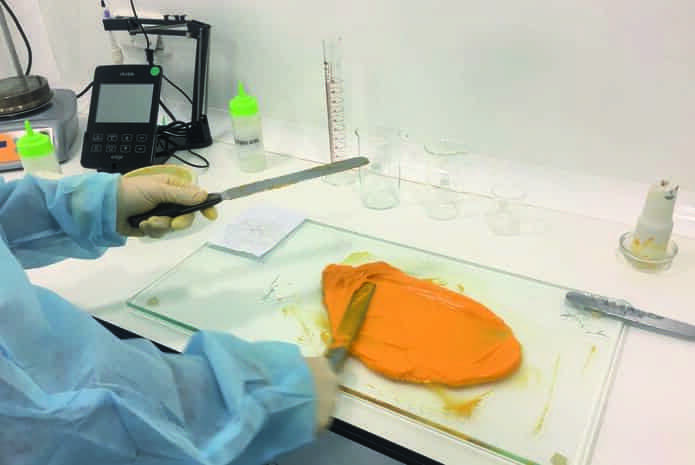Resumen
En el presente trabajo se evalúa la variación cromática de dientes humanos, extraídos y mantenidos en saliva artificial, por agentes pigmentantes de la formulación de cúrcuma al 1% en excipiente gel, y con la clorhexidina al 0,12% en solución.
Para evaluar la variación cromática, se registran por espectrofotometría las mediciones del color dental de las muestras, antes y después de la exposición in vitro a dichas sustancias, y se analizan ajustando un modelo de regresión ordinal, tomando como variable respuesta los valores de «VITA 3D MASTER». Se utilizan 36 dientes humanos extraídos y divididos en tres grupos de doce muestras: grupo control A, grupo expuesto al gel de cúrcuma B, y grupo expuesto a clorhexidina C, en tiempos de 5, 10 y 15 minutos. Las lecturas de color se obtienen con el espectrofotómetro VITA Easyshade® V.
Palabras clave: cúrcuma 1% gel, clorhexidina 0,12%, gingivitis, tratamiento, tinción dental, estudio espectrofotométrico.
Abstract
The objective of this research is to evaluate the chromatic variation of human teeth, extracted and maintained in artificial saliva, by pigmenting agents of the formulation of turmeric 1% gel and 0.12% chlorhexidine solution.
To evaluate the chromatic variation, the dental color measurements of the samples are recorded by spectrophotometry before and after in vitro exposure to these substances and are analysed by adjusting an ordinal regression model, taking as variable VITA 3D MASTER values. 36 extracted human teeth were divided into three groups of twelve samples: control group A, group B exposed to turmeric gel and group C exposed to chlorhexidine, with exposure times of 5, 10 and 15 minutes. Color readings are obtained with the VITA Easyshade® V spectrophotometer.
Keywords: turmeric 1% gel, clorhexidine 0,12%, dental staining, gingivitis, treatment.





